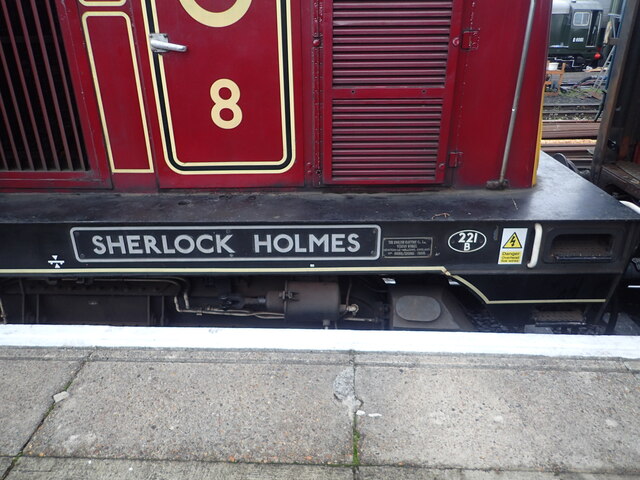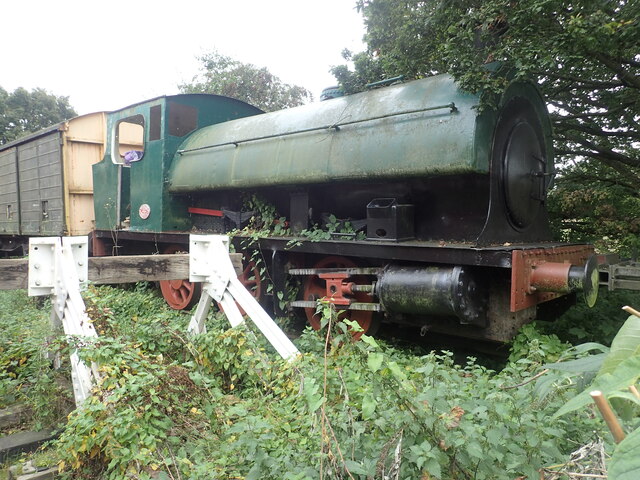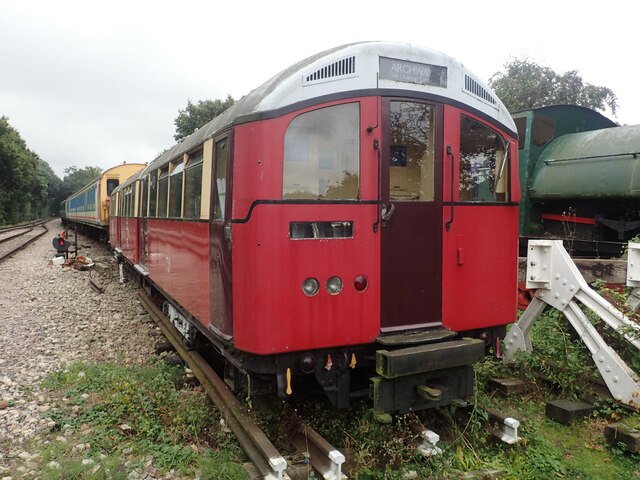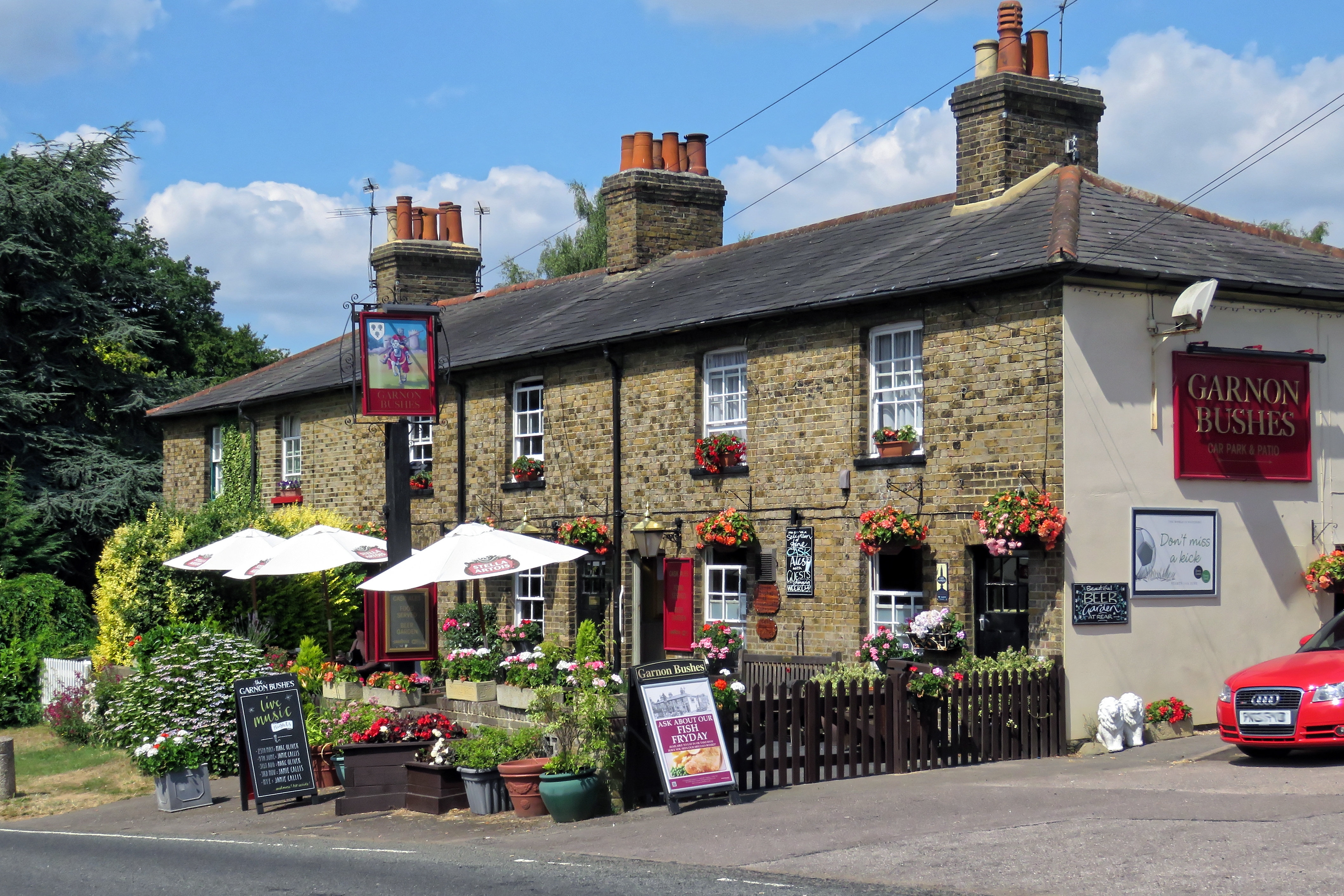Forty Acres
Wood, Forest in Essex Epping Forest
England
Forty Acres
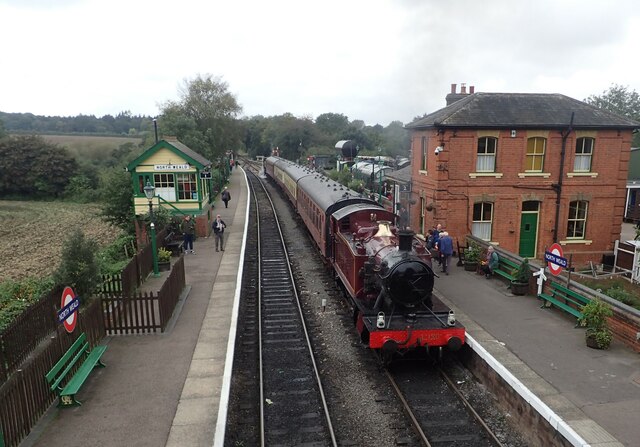
Forty Acres is a small woodland area located in the county of Essex, England. Situated within the larger forested region of Wood, the area spans approximately 40 acres, giving it its name. It is a popular destination for nature enthusiasts and those seeking a tranquil retreat from the bustling city life.
The woodland is characterized by a diverse range of trees, including oak, beech, and birch, creating a rich and picturesque landscape. The forest floor is covered with an array of plants, such as bluebells, ferns, and wildflowers, providing a vibrant and colorful setting throughout the year.
A network of well-maintained footpaths and trails wind through Forty Acres, allowing visitors to explore the area at their leisure. These paths offer opportunities for hiking, jogging, and cycling, making it an ideal spot for outdoor activities and exercise. Additionally, benches are strategically placed along the paths, providing resting spots for visitors to enjoy the peaceful surroundings.
The woodland is home to a variety of wildlife, including birds, mammals, and insects. Birdwatchers can spot species such as woodpeckers, owls, and thrushes, while lucky visitors may catch a glimpse of deer, squirrels, or foxes. The diverse ecosystem of Forty Acres provides a haven for many species, making it a haven for nature enthusiasts and photographers.
Forty Acres also offers educational and recreational opportunities for visitors. Local authorities organize guided nature walks and workshops to teach visitors about the flora and fauna found within the woodland. Additionally, the area has a designated picnic area, where families and friends can gather for a leisurely outdoor meal.
Overall, Forty Acres in Essex is a charming woodland escape, offering a serene and immersive experience in nature.
If you have any feedback on the listing, please let us know in the comments section below.
Forty Acres Images
Images are sourced within 2km of 51.698093/0.15388486 or Grid Reference TL4802. Thanks to Geograph Open Source API. All images are credited.

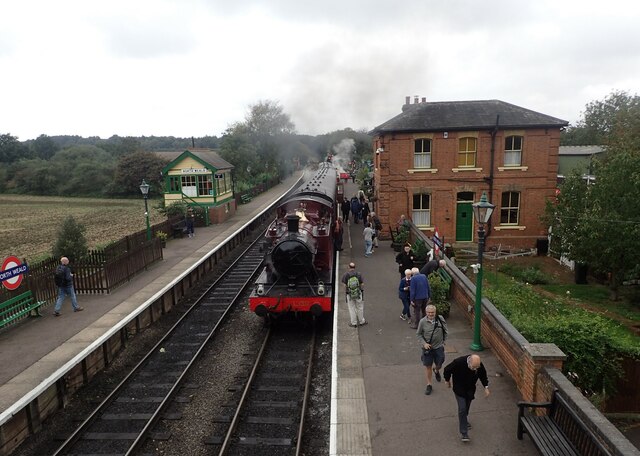
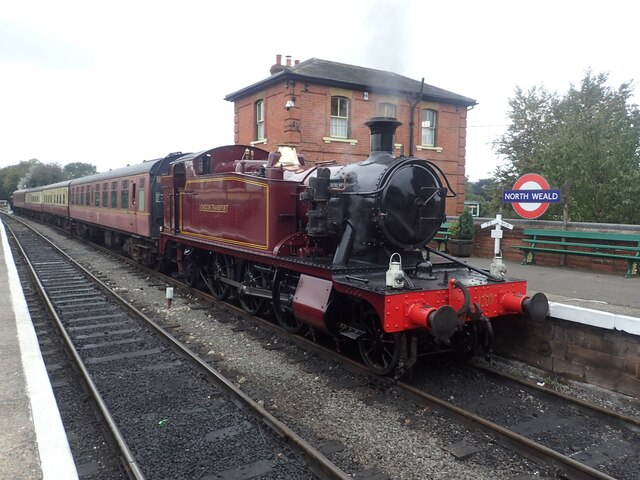
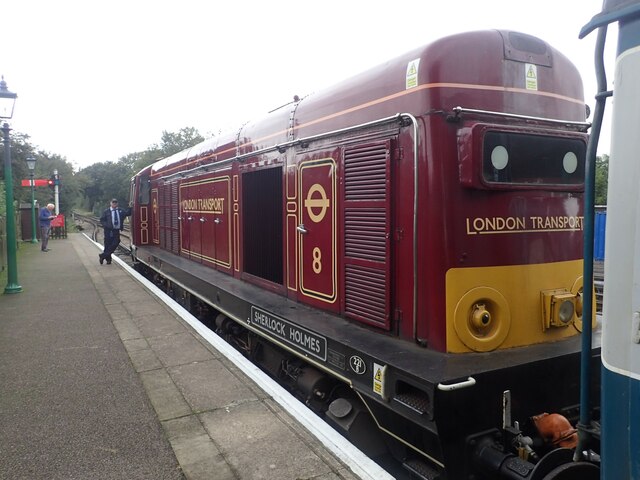
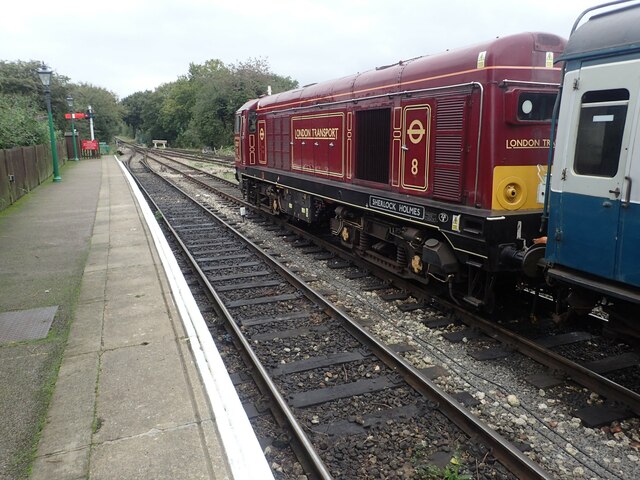
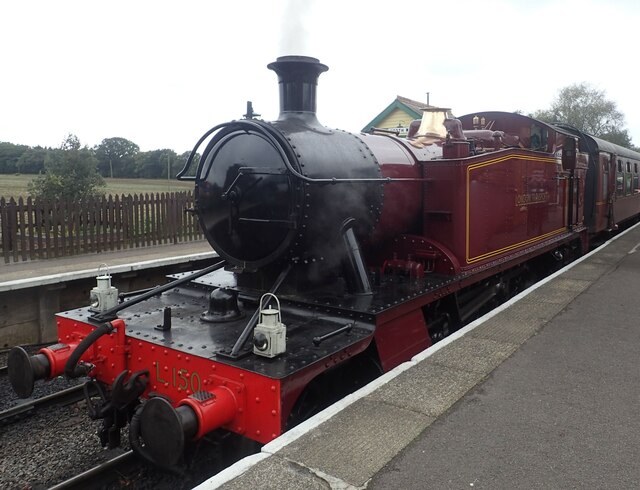
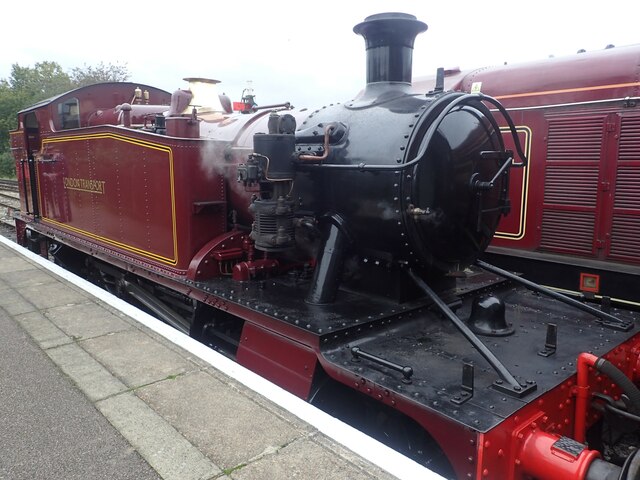
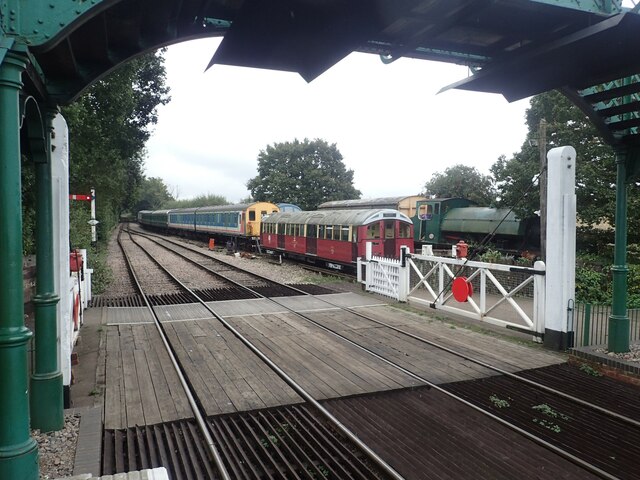
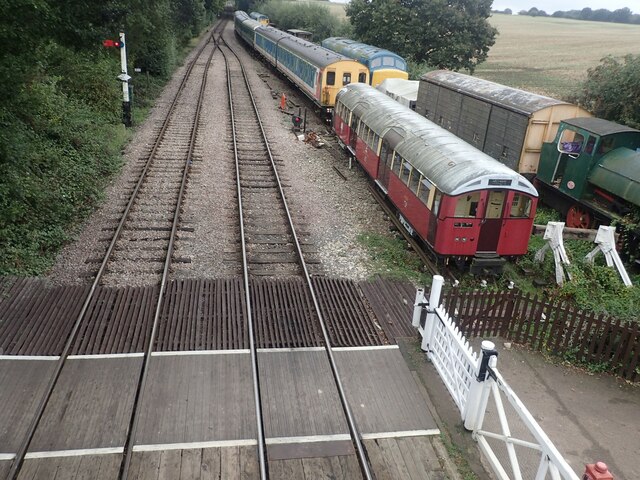
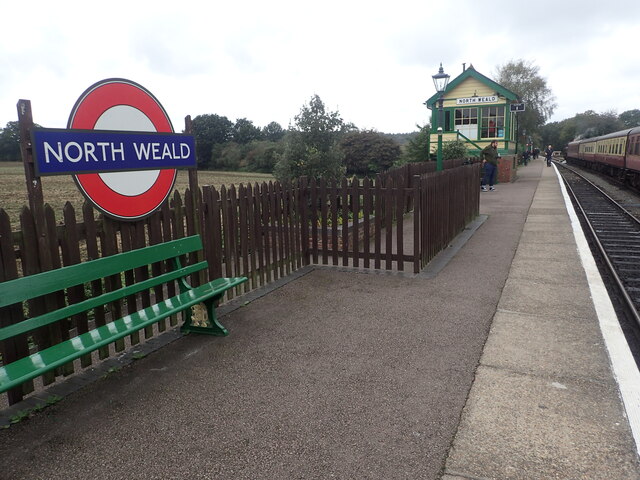
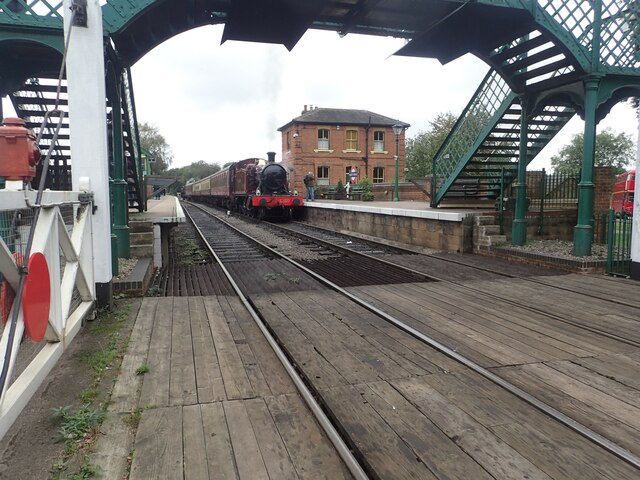
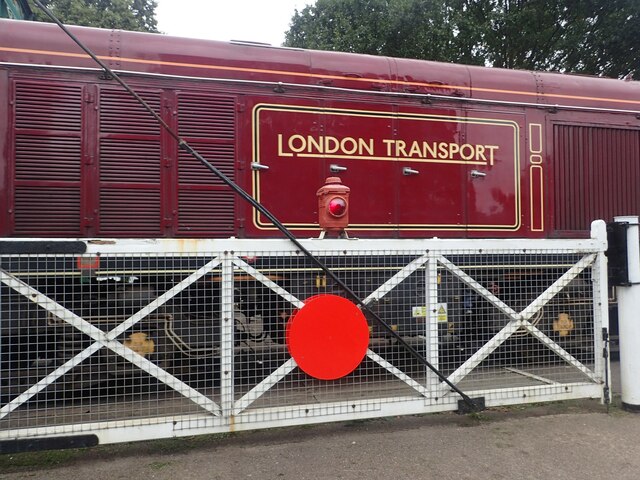
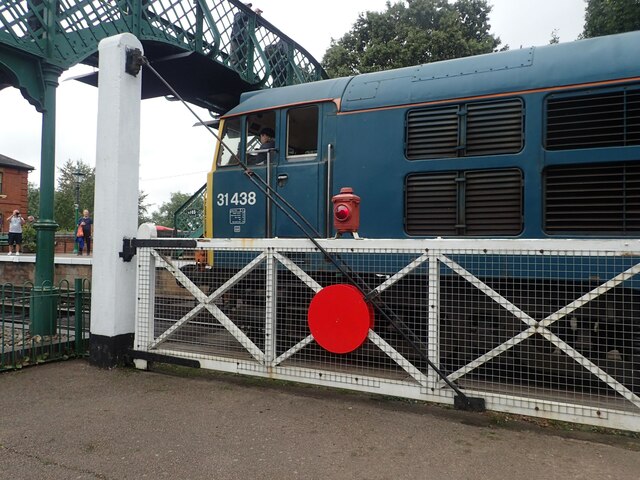
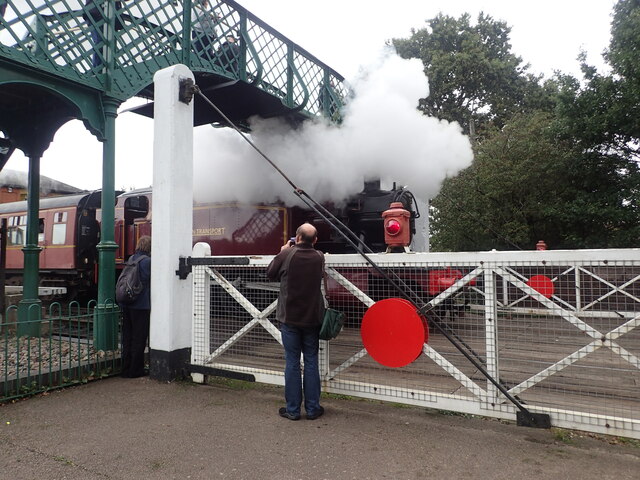
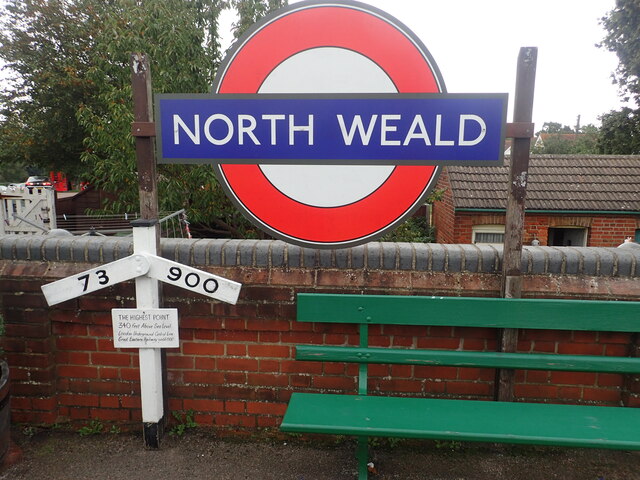
Forty Acres is located at Grid Ref: TL4802 (Lat: 51.698093, Lng: 0.15388486)
Administrative County: Essex
District: Epping Forest
Police Authority: Essex
What 3 Words
///spun.coats.defend. Near Epping, Essex
Nearby Locations
Related Wikis
Nearby Amenities
Located within 500m of 51.698093,0.15388486Have you been to Forty Acres?
Leave your review of Forty Acres below (or comments, questions and feedback).
